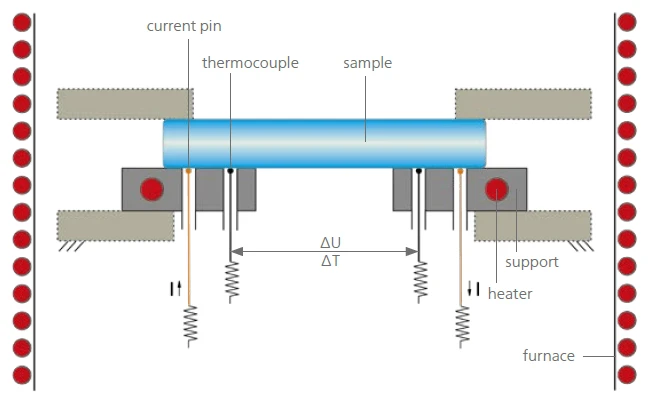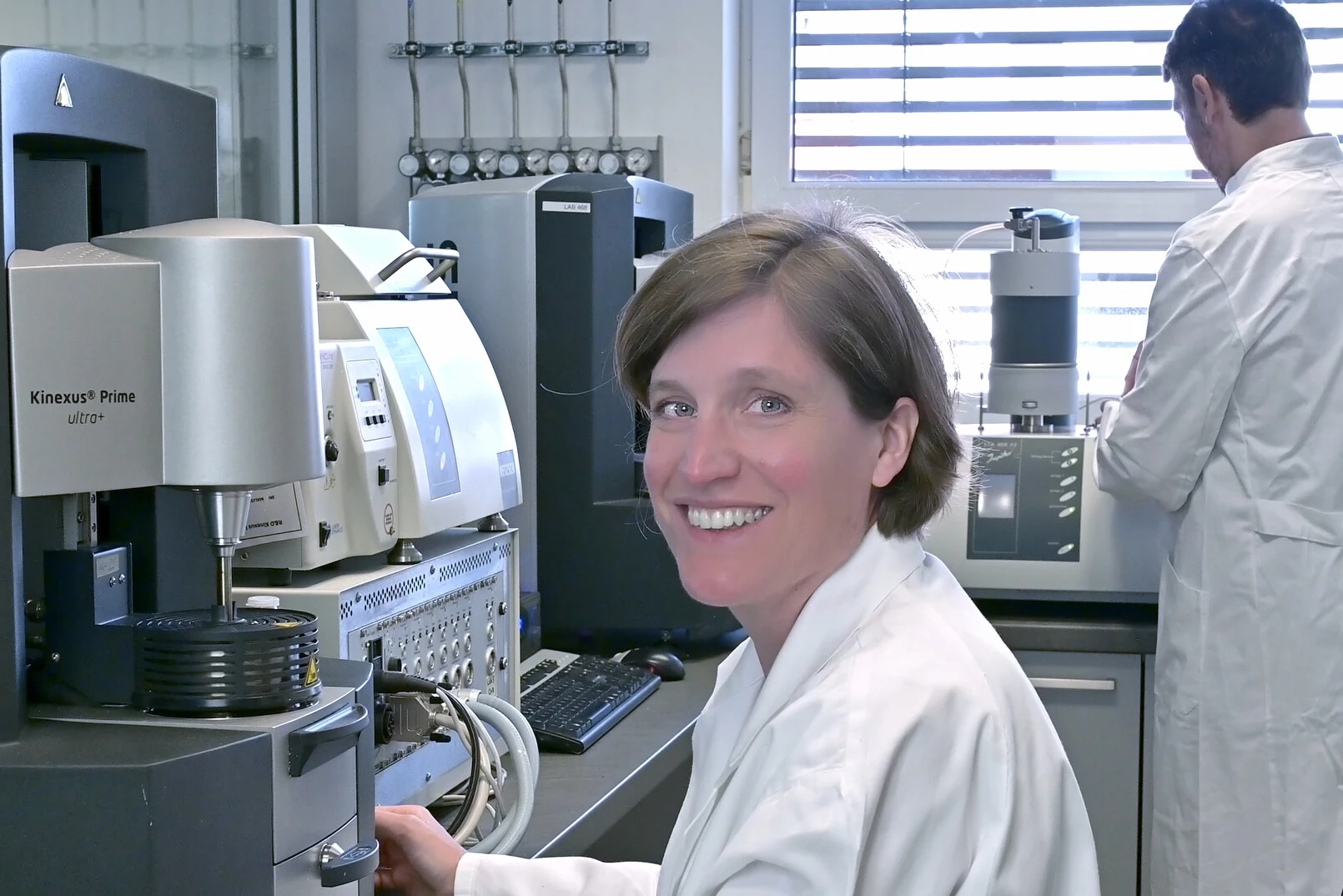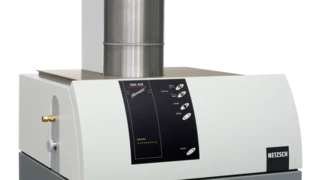
Simultaneous Determination of Seebeck Coefficient and Electrical Conductivity
The Seebeck coefficient is the ratio of the induced thermoelectric voltage to the temperature difference between two points at an electrical conductor.
In order to be deemed suitable, thermoelectric materials should be characterized by high Electrical Conductivity (SBA)Electrical conductivity is a physical property indicating a material's ability to allow the transport of an electric charge.electrical conductivity, a large Seebeck coefficient and low Thermal ConductivityThermal conductivity (λ with the unit W/(m•K)) describes the transport of energy – in the form of heat – through a body of mass as the result of a temperature gradient (see fig. 1). According to the second law of thermodynamics, heat always flows in the direction of the lower temperature.thermal conductivity. The extent to which it will be possible to use thermoelectric generators in the future will depend upon the performance of the materials.
The SI unit of the Seebeck coefficient is volts per Kelvin (V/K), although it is more often given in microvolts per Kelvin (μV/K). The use of materials with a high Seebeck coefficient is one of many important factors for the realization of efficient behavior in thermoelectric generators (high ZT-value).
Instruments for the determination of Thermal ConductivityThermal conductivity (λ with the unit W/(m•K)) describes the transport of energy – in the form of heat – through a body of mass as the result of a temperature gradient (see fig. 1). According to the second law of thermodynamics, heat always flows in the direction of the lower temperature.thermal conductivity, Thermal DiffusivityThermal diffusivity (a with the unit mm2/s) is a material-specific property for characterizing unsteady heat conduction. This value describes how quickly a material reacts to a change in temperature.thermal diffusivity, cp determination and DensityThe mass density is defined as the ratio between mass and volume. density are also included in the NETZSCH product range. NETZSCH thus offers a complete solution for determining the ZT value:
The NETZSCH Electrical Conductivity (SBA)Electrical conductivity is a physical property indicating a material's ability to allow the transport of an electric charge.SBA 458 Nemesis® can be used to measure both the Electrical Conductivity (SBA)Electrical conductivity is a physical property indicating a material's ability to allow the transport of an electric charge.electrical conductivity and the Seebeck coefficient simultaneously between -125°C and 1100°C.

Application Literature

MEASUREMENT WANTED?
Our NETZSCH applications laboratory is providing contract testing services for a wide range of industries and research centers. It is equipped with state-of-the-art testing instruments allowing for a variety of thermal analysis measurements to be carried out.
Consult with the experts in our applications labs to choose the best-suited measuring method for your specific needs.
